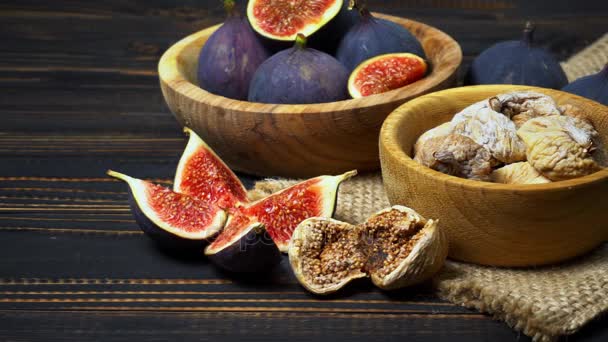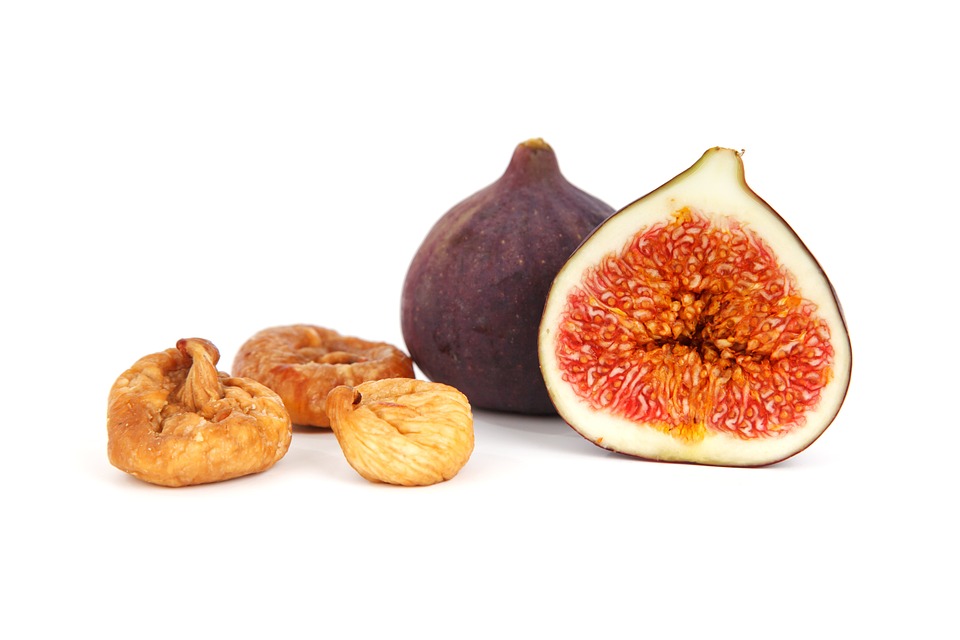Something else, the entire fig can be eaten: from the outer shell to the sweet, inner part with tiny seeds. Figs are very tasty and healthy fruit. They are a genuine vitamin-mineral bomb and have excellent taste. It is quickly digested on an empty stomach, before a meal or as a meal and has an anti-tumor effect.
And the answer to the question of which figs are best to use is that fresh figs are rich in special enzymes and antioxidants, containing significant amounts of minerals such as calcium, potassium, magnesium, angan, iron and copper. Vitamins include vitamins A, C, E and K. So use this period and enjoy fresh fruits as often as you can. Heat treatment reduces the amount of nutrients.
The energy value of 100 grams of fresh figs is 74 calories, of which 19.2% sugars, 0.75% protein and 0.3% fat.
Of the minerals, the fresh fig contains potassium (232 mg), calcium (32 mg), magnesium (17 mg), phosphorus (14 mg), manganese (0.1 mg), iron (0.4 mg), selenium (0, 2 mg), copper (0.07 mg) and zinc (0.15 mg).
Of the vitamins, the fresh fig contains: B group vitamins, Vitamin E, K and some vitamin C.
100 grams of fresh fig fruit contains 3 grams of fiber, 31 milligrams of phytosterols and 85 μg of beta-carotene.
Dried figs, in turn, are full of minerals, vitamins and antioxidants, and can be stored in cold and dark places for months. In winter it is a sweet and healthy meal.
“Potassium and magnesium will help regulate blood pressure, calcium strengthens bones, fibers improve digestion.
The energy value of 100 grams of dried figs is 249 calories, of which 64% carbohydrates, 3.3% protein and 0.9% fat.
Of minerals, dried figs contain: potassium (680 mg), calcium (162 mg), magnesium (68 mg), phosphorus (67 mg), manganese (0.5 mg), iron (2 mg), selenium (0.6 mg), copper (0.3 mg) and zinc (0.5 mg).
Of the vitamins, the dried fig contains little vitamin C, bunch B vitamins, vitamin E and K.
At 100 grams of dry fruit contains 9.8 g of fiber, 32 mg of lutein-zeaxanthin.
The fig tree with its nutritional composition and medicinal properties rises above many types of fruit.
Figs are a better source of fiber than most fruit types. 28% of fig fibers are soluble. This kind of fiber enables control to glucose levels and brings down cholesterol levels by restricting it to the digestive organs.
Studies show that consuming fruit rich in soluble fiber reduces energy intake while maintaining satiety as well as consuming higher energy value foods. This means that fiber can help to lose weight.
Insoluble fig fiber has a beneficial effect on colon health. They regulate digestion and allow normal bowel emptying.
Some estimates suggest that about 70% of cancers are linked to poor nutrition. Most nutrition theories link high fat intake and low fiber intake to colon cancer.




